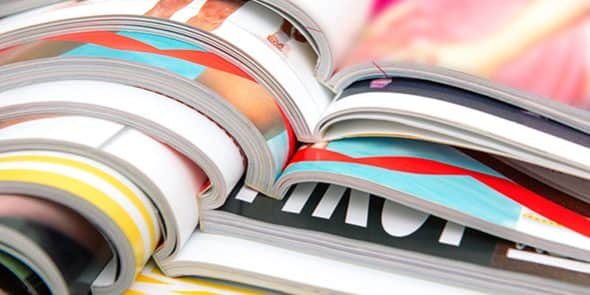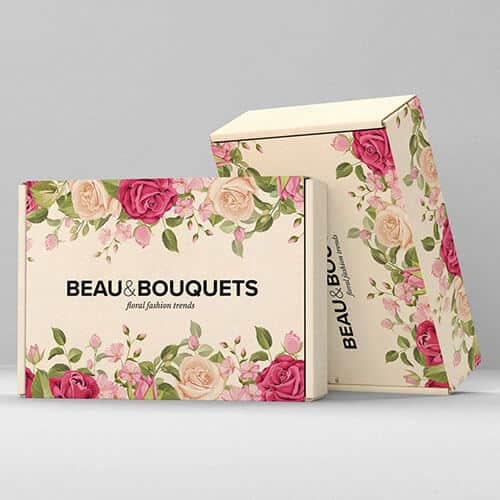Posted: 26-10-2023
Updated: 28-05-2024
The world is now largely driven by digital technologies. In which, businesses like yours continually strive to make a lasting impact on their target audience. As we know, it’s all about catching the eyeballs first. Everything else comes later. From brochures and leaflets to flyers, packaging, corporate gifts, signage, posters, banners, and more, every printed piece plays a pivotal role in building brand identity design and attracting potential customers.
Creating an effective design is fundamental to the success of the printing process. A well-crafted design communicates your message effectively and ensures that the final print is visually appealing and impactful.
In this blog, we'll discuss the significance of effective design in the printing process. Additionally, you’ll find 8 reasons you simply can’t ignore when it comes to the importance of design in printing.
Let’s dive right in! We will also touch on the relevance of print advertising design and the current digital design trends that are shaping the industry.
If you’d like to speak to a printing and design expert directly, call 0800 999 1094 or email info@printingprogress.co.uk now.
Designing for print – what does it mean?
Designing for print is but the craft of giving life to ideas on paper.
To start with, let’s consider the canvas itself. Unlike the infinite expanse of a digital screen, print has defined dimensions and physical constraints. Every millimetre counts. Designing for print means carefully orchestrating layouts, margins, and bleeds to ensure that the final product looks as stunning in reality as it does on the computer screen.
The world of print is also a world of colours, a palette that requires precise calibration. Effective and sustainable print design involves understanding the subtleties of colour profiles. Such as the transition from RGB (Red, Green, Blue) to CMYK (Cyan, Magenta, Yellow, Key/Black). This ensures that the colours on paper match the vibrant hues on the screen.
Typography, too, plays a pivotal role here. The choice of fonts, their sizes, and their arrangement can significantly impact readability.
An experienced printer and graphic designer company will know how to harmoniously blend creativity and technical expertise to create a printed piece that excels. It’s about crafting materials that not only look good but also feel right in the hands of your audience.
How Design is Important to the Content?
Design acts as the bridge between the content and the audience. It plays a crucial role in organizing information in a way that is both accessible and engaging. Good design grabs the viewer’s attention and guides them through the content, ensuring that the message is effectively communicated. In the context of print, where the first impression is often the last impression, the design must be meticulously crafted to ensure clarity, readability, and allure. The choice of colours, typography, and layout all work together to enhance the understanding and retention of the printed content.
Importance of design in printing – 8 reasons you can’t ignore
First, let’s understand why it is important.
Despite the surge in digital media, printing maintains a significant role in communication. Printed materials are tangible, and have credibility and permanence that digital communication materials can match. Whether it’s a brochure, flyer, or business card, these printed materials are essential tools in marketing and branding strategies. They are particularly more effective than digital devices, and provide a physical touchpoint for the viewers.
You may still be wondering if good design really matters so much for your printing work. However, incorporating optical illusion designs into your print materials can elevate your brand presence by creating visually engaging content that captures attention and stimulates a sense of curiosity among your audience. These designs not only add a unique aesthetic appeal but also convey a message of creativity and innovation, setting your printed materials apart from the ordinary. If so, then yes, it definitely does. The primary reason your potential clients or customers will consider turning the page on your brochure or flyer is the stunning flyer or brochure design elements. And that’s just one of the many other reasons! Let’s explore them all, one by one.
-
Branding consistency
Maintaining brand consistency across various printed materials, including brochures, leaflets, flyers, packaging, posters, and banners is crucial. Effective design ensures that these materials align seamlessly with your brand’s identity. Consistency reinforces brand recognition and trust among your target audience. Thus, making it easier for them to identify and connect with your business.
-
Visual appeal
Visual appeal is a key aspect of effective print design. Whether it’s a striking poster, an engaging brochure, or an attention-grabbing banner, eye-catching designs capture the audience’s attention immediately.
Visually captivating materials stand out in a crowded marketplace and entice potential customers to engage with your brand further. It will be your loudest cheerleader making people pause and look.
-
Typography matters
Typography isn’t just about selecting fonts; it’s about using them strategically to enhance readability and convey your message effectively.
Skilled graphic designers understand how different fonts, sizes, and arrangements impact the overall design. The right typography ensures that your printed materials are not only aesthetically pleasing but also easy to read. This helps your audience absorb the content with clarity.
-
Colour psychology
Colours play a vital role in print design. They evoke emotions and convey messages more efficiently. A well-thought-out colour scheme can influence how your audience perceives your brand.
Effective use of colours in brochures, leaflets, flyers, and other materials helps elicit the desired emotional response from your target audience. With professional help, you can also easily match your print colour with the preferred colour palette of your brand.
-
Print quality
Effective design considers the technical aspects of designing and printing, such as colour profiles (RGB vs. CMYK), resolution, and file formats. Ensuring that your designs are optimised for high-quality printing is essential.
Neglecting these technical details can result in disappointing print outcomes. Here your print colours may not match expectations and the final product may lack the desired professional polish.
-
Impactful messaging
In the world of print marketing design, clarity and conciseness are key. Professional design ensures that your messaging is impactful and easy to understand. Design’s role in print marketing guides the viewer’s eye to the most critical information and minimises distractions.
Well-structured designs make your message shine through. It naturally makes it more likely that your audience will absorb and act upon the information you present. This is all the more important in the case of long brochures or catalogues. Where there’s a plethora of content to present but you still want the USPs (Unique Selling Points) to stand out through all.
-
Professionalism
Remember we spoke about first impressions at the very beginning of this section? It matters significantly in the business world. Professionally designed materials signal to your audience that you take your business seriously.
Whether it’s your marketing brochures, business cards, or corporate gifts, a polished and well-designed presentation demonstrates your commitment to quality, reliability, and professionalism. This highly enhances your brand’s reputation. So, if you plan to take your business performance to the next level, designed print materials could as well be the right step to take.
-
Digitalisation integration
In an era of digitalisation, effective print design bridges the gap between your online and offline presence. It ensures that your printed materials harmonise with your digital branding, creating a seamless and memorable brand experience.
This integration is essential for maintaining a consistent brand identity across all touchpoints. Be it online or in the physical world. It also helps reinforce your brand’s presence in the competitive UK market.
A few more important things to understand are:
Print Design Principles
Understanding the principles of print design is key to creating effective printed materials. These principles include balance, alignment, contrast, repetition, and hierarchy. Each element must be considered to create a cohesive and attractive design. Balance ensures that the design is evenly distributed across the page, making it more stable and visually pleasing. Alignment creates a sharper, more ordered appearance, while contrast draws attention to the most important parts of the design. Repetition strengthens the overall design by tying together consistent elements, and hierarchy guides the viewer through the content in a logical flow.
Digital Design Trends
While discussing print, it’s also beneficial to touch on digital design trends, as they increasingly influence print design. Trends such as bold typography, minimalism, and the use of vibrant colours are making their way into print design, allowing for modern and innovative printed materials. Integrating digital design trends into print can help in creating designs that are both contemporary and relevant.
CONTACT PRINTINGPROGRESS
Conclusion
The importance of printed marketing materials hasn’t faded yet, and likely it won’t anytime soon. This makes it important to incorporate professional design in these pieces for the sake of your business reputation. In fact, to keep up with the digitisation of the world, it is crucial that you maintain consistency between your online and offline presence. This not only helps people identify your brand easily but also engage with it more effectively.
Collaborate with professional print designers and printers who understand the nuances of print. Remember, the visual impact of your printed materials can be the key to attracting and retaining customers in the UK’s dynamic market. Printingprogress is an internationally award-winning printing and design company. We are ideal for the UK market as we understand various design and printing requirements. And we customise our services to match your unique needs. Contact us today to discuss your print design requirements. Or you can simply request a callback as well.



 Eco friendly, sustainably sourced recycled FCS certified print
Eco friendly, sustainably sourced recycled FCS certified print Takeaway Screens
Takeaway Screens Postal Boxes
Postal Boxes